This post was written in partnership with OK Tire.
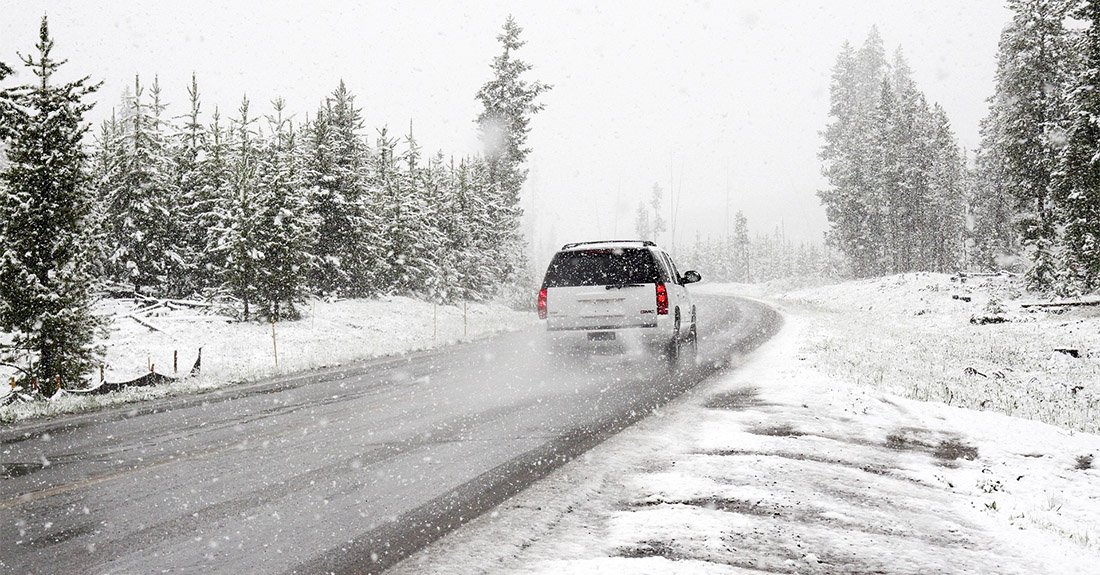
Brrr! Winter is here, and unexpected weather and freezing temperatures can make for slippery roads and dangerous driving conditions. But it’s not like we can stop driving all winter. The kids still need to get to school, we still need to get to work, we still have people to see and places to go. Even when there’s snow on the road, life goes on, right?
Fortunately, there are several simple things you can do to prepare your vehicle for winter driving and help keep you and your family safe on the road. Here are six things you should do to drive safer and smarter in winter.
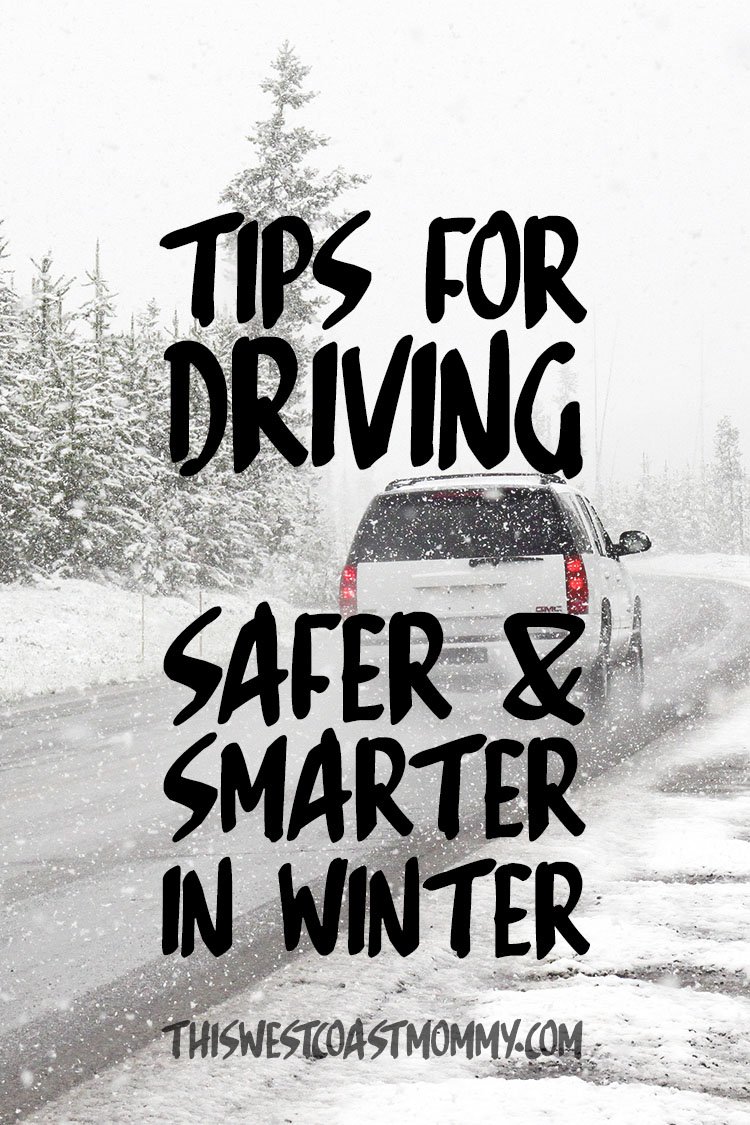
Adjust Your Driving
When weather conditions change, so should your driving. Blowing snow can reduce visibility and make it difficult to see the road ahead. Winter road conditions like snow, slush, and black ice require extra care when driving.
Drive slower and increase the distance between your vehicle and the car in front of you to give yourself more time to react. Accelerate and brake more slowly to avoid skidding out. If you do find yourself skidding, don’t slam on the brakes! Take your foot off the gas pedal and turn into the skid until your vehicle comes to a stop.
Be sure to clear your entire vehicle of snow and ice after every snowfall, including the front hood, trunk, and the roof. Use a broom to clear snow in hard-to-reach areas. Leaving snow and ice uncleared can be dangerous if snow on the roof slides onto your windshield and blocks your visibility while driving. Ice can also fly off your vehicle into another car on the road, causing potential damage or injury.
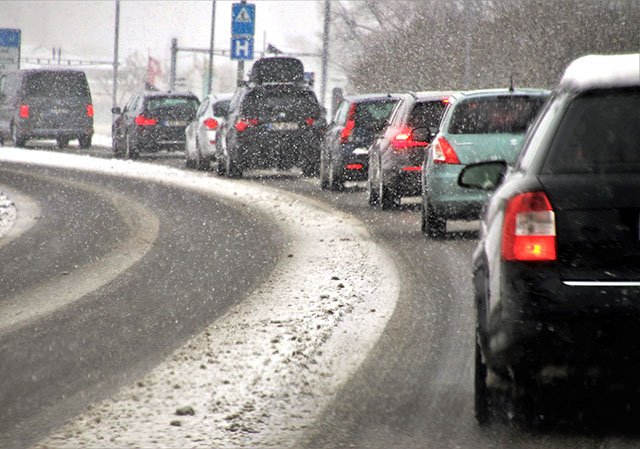
Check Your Fluids
If you haven’t done so already, be sure to check the fluid levels in your car. On average, you should change your oil every six months or every 12,000 kilometers, but that depends a lot on your vehicle and your driving habits. Check your vehicle’s owner manual for your specific recommended oil change schedule. If you can’t remember your last oil change, it’s probably time for one! Don’t forget to check your washer fluid and coolant levels as well.
Change Your Windshield Wipers
Windshield wipers should be replaced every 6-12 months or as soon as you notice a difference in driving visibility. Remember to check your wipers and replace them before the first snow of the season if needed.
Standard wipers are fine when it’s warm out, but they may not be able to handle harsh winter conditions. In comparison, winter wiper blades are designed to keep working in the cold and sturdy enough to handle heavy snow and ice on your windshield. You should also consider switching your washer fluid to one with detergent to keep it from freezing in sub-zero temperatures.
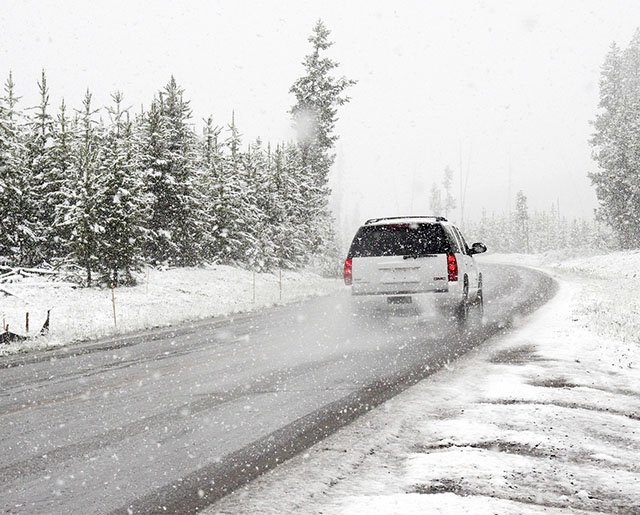
Get Checked Out
Have a technician check your fluid levels, defroster, heater, and ride control system, as well as give your vehicle a general tune-up to keep everything running smoothly.
When you get your vehicle serviced at any OK Tire store across Canada, you’re covered with their 12 months/20,000 km North American warranty program, even when you cross the border. In the unlikely event that something unexpected happens, just call the helpline and they’ll direct you to the nearest authorized repair facility anywhere in North America.
Change Your Tires
Your tires are what keep your vehicle on the road, so it’s vital to have the right ones. Once the temperature drops consistently below 7 degrees Celsius, it’s time to change over to winter tires. Winter tires are made with softer rubber designed to stay flexible even at low temperatures, allowing for better traction on slippery roads as well as cold, dry pavement. Even though we’re already well into winter, it’s not too late to switch!
If you live in a milder winter climate like we do, you could also consider all-weather (not all-season) tires which can be left on your vehicle year-round. Your OK Tire technician can help you decide which tires are best for you.
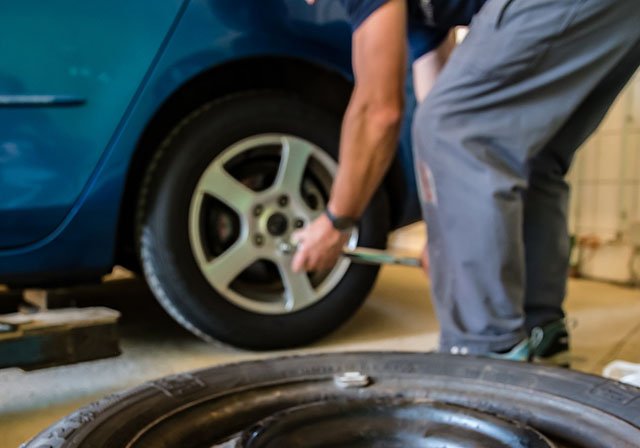
Prepare for Emergencies
Expect the unexpected! You never know when an emergency might happen and leave you and your family stranded in your car. Always keep an emergency kit in your vehicle with non-perishable food, bottled water, warm blankets, extra clothing, first aid supplies, a flashlight, and batteries. You should also keep extra washer fluid, a spare tire, jack and tool kit, and jumper cables in your car just in case.
With a little forethought and planning, these tips will help you and your family stay safe when you hit the road this winter. Stay warm and drive safely out there!
Disclosure: This is a sponsored conversation. Nevertheless, all opinions expressed are completely honest and 100% my own. Your experience may differ.








Oh please, please get winter tires. People in Vancouver completely lose their minds when it snows.
My dad taught me these tips when I first got my license. I wish everybody else knew them too!
This is very helpful for everyone on the road.
Some great tips! We do a lot of road trips year round so some great reminders.
Winter tires are a must for us!! I really dont know how i got around without at one point. they make all the different. and please make sure to take the few extra moments to REALLY do off your vehicle..that includes the roof. many of times I see chunks of snow fly off the vehicles and especially when you are on the highway it could get really dangerous
Thanks very much for these helpful tips!
We need to ensure that we have “all weather” and not “all season” tires.
Lots of great tips. Those wiper blades and good tires are a must here in Newfoundland.
Thank you for the great tips for safer winter driving.My daughter ,3 year old granddaughter and I were in a bad accident the end of 2018 and we are still recovering and doing physio.I am so scared half the time and winter is worse .So reading this helps me .
I love these tips. Thanks.
I want to thank you for sharing these tips since we are going to Sunrise Ski resort by car this weekend. They are helpful
Is so important to take car of our vehicles especially in inclement weather. Today Ontario is covered in ice and snow and people are driving with a block of ice on the roof. Is shocking to see, should be common sense to clear it before driving. I will check on my emergency kit though, make sure it’s well stocked.
We love our AWD van (with snow tires!) for Calgary’s winter driving conditions!! So thankful for well made vehicles but for all wheel drive, for sure!! ⭐️